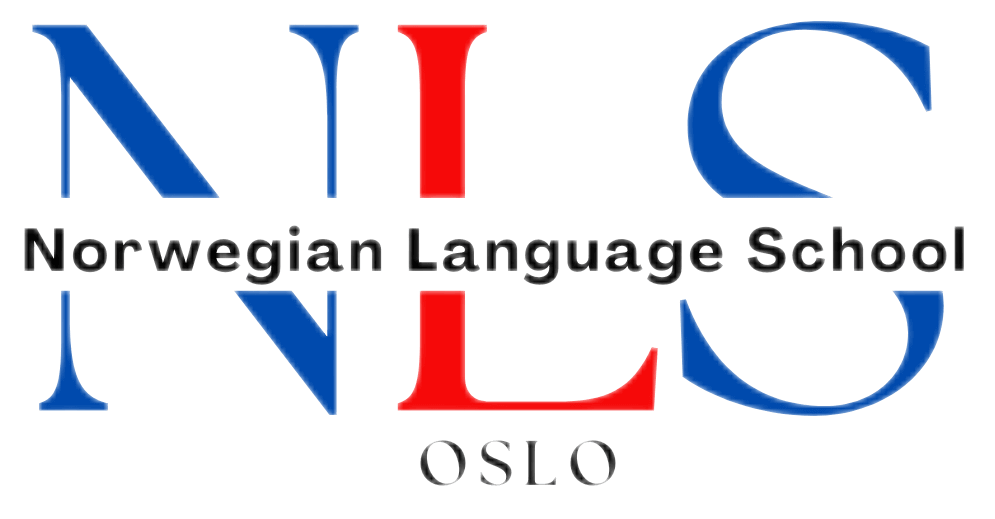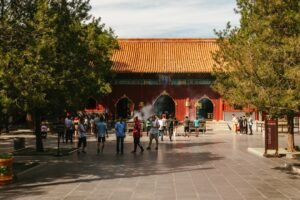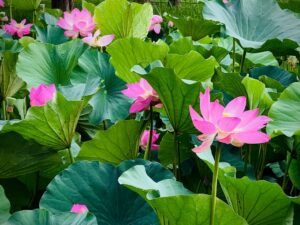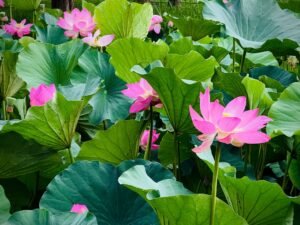

School Subjects and Educational Terms in Norwegian
The Norwegian education system is known for its high quality and emphasis on equality. Education in Norway is compulsory for children aged 6 to 16, and the system is divided into three levels: primary education, lower secondary education, and upper secondary education. Primary education lasts for seven years, from age 6 to 13, while lower secondary education lasts for three years, from age 13 to 16. Upper secondary education is optional and lasts for three years, from age 16 to 19.
The history of education in Norway dates back to the Middle Ages when the church played a significant role in providing education. However, it was not until the 19th century that Norway established a national education system. The Education Act of 1860 laid the foundation for a modern education system, emphasizing universal access to education and the importance of teacher training. Since then, the Norwegian education system has undergone several reforms to adapt to changing societal needs and educational philosophies.
Table of Contents
ToggleKey Takeaways
- Norwegian school system emphasizes equal opportunities for all students
- Core subjects include Norwegian, mathematics, English, social studies, and natural sciences
- Elective courses range from music and art to entrepreneurship and outdoor activities
- Vocational and technical education prepares students for careers in fields such as healthcare and engineering
- Grading is based on a scale of 1-6, with 6 being the highest grade achievable
Core Subjects Taught in Norwegian Schools
The core subjects taught in Norwegian schools include Norwegian, mathematics, English, social studies, natural sciences, physical education, arts and crafts, music, and religious and ethical education. These subjects are considered essential for students’ intellectual and personal development and provide a well-rounded education.
Norwegian is the primary language of instruction in Norwegian schools. It is taught from an early age and includes both written and oral communication skills. Mathematics is another crucial subject that focuses on problem-solving and logical thinking. English is introduced as a second language in primary school and becomes more advanced in secondary school.
Teaching methods in Norwegian schools emphasize active learning and student participation. Teachers encourage students to think critically, collaborate with their peers, and apply their knowledge to real-life situations. Group work, discussions, and hands-on activities are common teaching strategies used in Norwegian classrooms.
Elective Courses Offered in Norwegian Schools
In addition to the core subjects, Norwegian schools offer a wide range of elective courses for students to choose from. These courses allow students to explore their interests and develop specialized skills in various areas. Some examples of elective courses include foreign languages, computer programming, entrepreneurship, photography, and drama.
Students typically choose their electives based on their personal interests and career aspirations. They have the freedom to select courses that align with their passions and goals. This flexibility allows students to tailor their education to their individual needs and preferences.
Taking elective courses provides several benefits for students. It allows them to develop a deeper understanding of specific subjects, explore new areas of interest, and enhance their creativity and critical thinking skills. Elective courses also provide opportunities for students to discover their talents and passions, which can help guide their future career choices.
Vocational and Technical Education in Norway
Norway places a strong emphasis on vocational and technical education as an alternative pathway to higher education. Vocational education provides students with practical skills and knowledge that prepare them for specific careers. Technical education focuses on engineering, technology, and applied sciences.
There are various vocational and technical programs available in Norway, including apprenticeships, vocational schools, and technical colleges. These programs combine classroom instruction with hands-on training in real work environments. Students can choose from a wide range of vocational fields, such as healthcare, construction, automotive technology, culinary arts, and information technology.
Vocational and technical education offers several advantages for students. It provides them with valuable practical skills that are in high demand in the job market. It also offers a more direct pathway to employment, as many vocational programs include internships or work placements that allow students to gain real-world experience. Additionally, vocational and technical education is often more affordable than traditional higher education options.
Norwegian Terminology for Classroom Settings
For international students studying in Norway, learning Norwegian terminology for classroom settings is essential for effective communication and integration into the education system. Here are some common Norwegian words and phrases used in the classroom:
– Lærer: Teacher
– Elev: Student
– Skole: School
– Klasserom: Classroom
– Tavle: Blackboard
– Bok: Book
– Penn: Pen
– Stol: Chair
– Pult: Desk
– Prosjekt: Project
For non-native speakers, pronouncing Norwegian words correctly can be challenging. Here is a pronunciation guide for some common classroom terms:
– Lærer: Lay-rer
– Elev: Eh-lehv
– Skole: Skoh-leh
– Klasserom: Klah-seh-rohm
– Tavle: Tah-vleh
– Bok: Bohk
– Penn: Pehn
– Stol: Stohl
– Pult: Poolt
– Prosjekt: Proh-shekt
Learning Norwegian terminology is important for international students as it allows them to understand instructions, participate in class discussions, and communicate with their teachers and classmates. It also helps them feel more integrated into the Norwegian education system and culture.
Grading and Assessment in Norwegian Schools
The grading system used in Norwegian schools is based on a scale from 1 to 6, with 6 being the highest grade. The grades are given based on students’ performance in various assessments, including tests, projects, presentations, and class participation.
Assessment methods in Norwegian schools focus on evaluating students’ understanding of the subject matter and their ability to apply their knowledge. Teachers use a combination of formative and summative assessments to provide feedback and measure students’ progress. Formative assessments, such as quizzes and homework assignments, are used to monitor students’ learning throughout the course. Summative assessments, such as exams and final projects, are used to evaluate students’ overall performance at the end of the course.
Grades are calculated based on a combination of students’ performance in assessments and their overall participation and engagement in class. Teachers take into account factors such as effort, improvement, and individual circumstances when assigning grades. Grades are reported to students and parents regularly throughout the school year, allowing for ongoing feedback and communication.
Higher Education Options in Norway
Norway offers a wide range of higher education options for students who wish to pursue further studies after completing upper secondary education. Higher education in Norway is provided by universities, university colleges, and specialized institutions.
Universities in Norway offer bachelor’s, master’s, and doctoral degree programs in various fields of study. They focus on research and academic excellence and provide a comprehensive education that prepares students for professional careers or further research.
University colleges in Norway offer professional bachelor’s degree programs that combine theoretical knowledge with practical skills. These programs are designed to prepare students for specific professions, such as nursing, teaching, engineering, and business.
Specialized institutions in Norway offer specialized programs in areas such as art and design, music, film, and sports. These institutions provide a unique learning environment that fosters creativity and talent development.
Admission requirements for Norwegian universities vary depending on the program and institution. Generally, applicants must have completed upper secondary education or an equivalent qualification. They may also be required to meet specific subject requirements and demonstrate proficiency in the Norwegian or English language.
Norwegian Language Learning Resources for Non-Native Speakers
For non-native speakers who wish to learn Norwegian, there are several resources available to help them develop their language skills. Here are some resources for learning Norwegian:
– Language courses: Many language schools and institutions offer Norwegian language courses for non-native speakers. These courses provide structured lessons and opportunities for practice and interaction with native speakers.
– Online resources: There are numerous websites, apps, and online platforms that offer Norwegian language lessons, exercises, and interactive activities. Some popular resources include Duolingo, Babbel, and Memrise.
– Language exchange programs: Language exchange programs allow individuals to connect with native Norwegian speakers who are learning their language. This provides an opportunity for language practice and cultural exchange.
– Language immersion programs: Immersion programs involve living in a Norwegian-speaking environment and attending language classes. This intensive approach helps learners develop their language skills quickly.
Tips for learning Norwegian as a non-native speaker include practicing regularly, immersing oneself in the language and culture, finding a language partner or tutor, and using a variety of resources to enhance learning.
Learning Norwegian is important for international students as it allows them to fully integrate into Norwegian society, communicate effectively with locals, and access educational and employment opportunities in Norway.
Education Policy and Reforms in Norway
Norway has implemented several education policies and reforms in recent years to improve the quality of education and address emerging challenges. These policies and reforms aim to promote equity, enhance teacher training, foster digital literacy, and prepare students for the future.
One significant reform is the Knowledge Promotion Reform, which was introduced in 2006. This reform aimed to strengthen the core subjects taught in schools, promote interdisciplinary learning, and emphasize critical thinking and problem-solving skills. It also introduced a new grading system based on a scale from 1 to 6.
Another important policy is the Digital Competence Policy, which focuses on integrating digital tools and resources into teaching and learning. This policy recognizes the importance of digital literacy in the modern world and aims to equip students with the skills they need to thrive in a digital society.
Future plans for education policy and reforms in Norway include further enhancing teacher training, promoting inclusive education for students with special needs, and addressing the challenges posed by globalization and technological advancements.
Opportunities for International Students in Norwegian Schools and Universities
Studying in Norway as an international student offers several benefits. Norway is known for its high-quality education system, which provides students with a solid foundation for their future careers. Norwegian universities are internationally recognized and offer a wide range of programs in various fields of study.
International students in Norway also have access to scholarships and financial aid opportunities. The Norwegian government and universities offer scholarships to attract talented students from around the world. These scholarships cover tuition fees, living expenses, and other costs associated with studying in Norway.
To apply to Norwegian schools and universities as an international student, applicants must meet the admission requirements set by the institution. This typically includes submitting an application form, academic transcripts, proof of language proficiency, and a statement of purpose. Some programs may also require additional documents or entrance exams.
In conclusion, the Norwegian education system is known for its high quality, emphasis on equality, and focus on practical skills. The core subjects taught in Norwegian schools provide students with a well-rounded education, while elective courses allow them to explore their interests and develop specialized skills. Vocational and technical education offers an alternative pathway to higher education and prepares students for specific careers. Learning Norwegian terminology is important for effective communication in the classroom, and grading and assessment methods focus on evaluating students’ understanding and application of knowledge. Higher education options in Norway are diverse, and there are resources available for non-native speakers to learn Norwegian. Education policies and reforms aim to improve the quality of education and prepare students for the future. International students have opportunities to study in Norway through scholarships and financial aid programs. Overall, the Norwegian education system provides a supportive and inclusive environment for students to thrive academically and personally.
If you want to learn Norwegian, you can register for classes here. We look forward to hearing from you and helping you become fluent in Norwegian!
If you want to learn Norwegian, you can register for classes here. We look forward to hearing from you and helping you become fluent in Norwegian.





